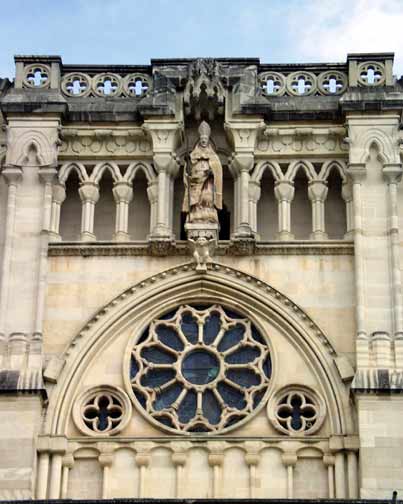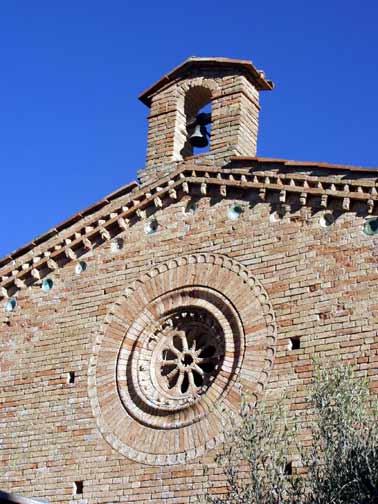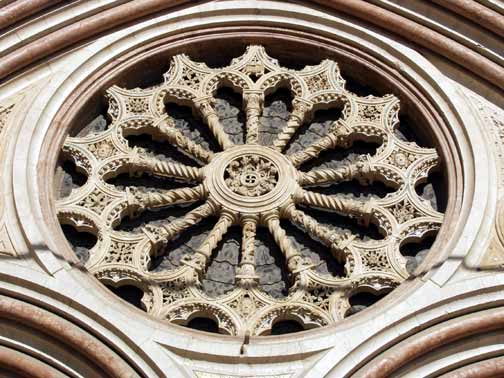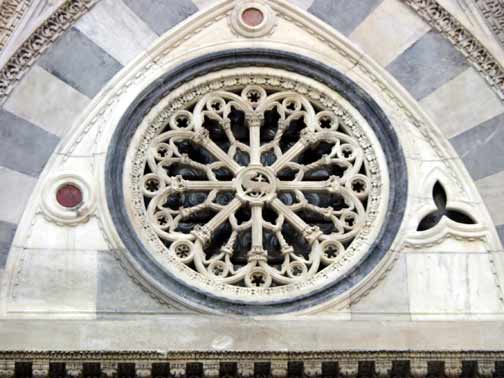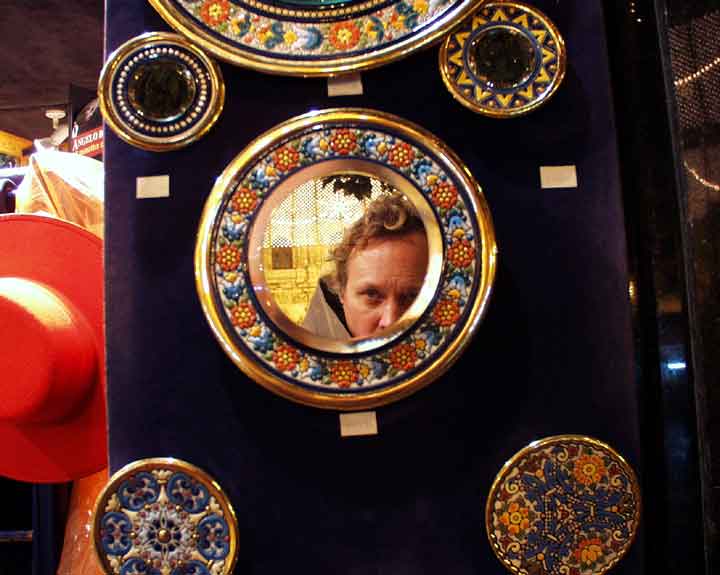 |
 |
 |
 |
||||||||
 |
|||||||||||
 |
 |
||||||||||
 |
|||||||||||
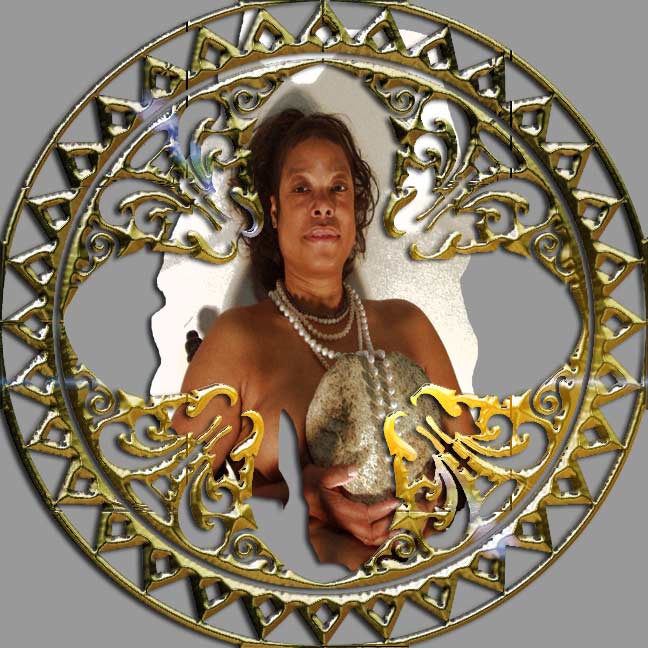
In the 100 years between 1170 and 1270 fully 80 Gothic Cathedrals and 500 churches of "near cathedral size" were built in France alone. As Painton Cowen says in his book Rose Windows - "It was an activity that is estimated to have taken up at least one-third of what would now be called the Gross Domestic Product." And the crown of these buildings was their Rose Windows "suspended between floor and vault as if between heaven and earth." Caught like Dream Catchers between the High and the Low, the Sacred and the Profane, between Spirit and Matter - weaving in colored glass and leading the symbolism of deep beliefs in the language of typological iconography - the juxtaposition of images from several different sources.
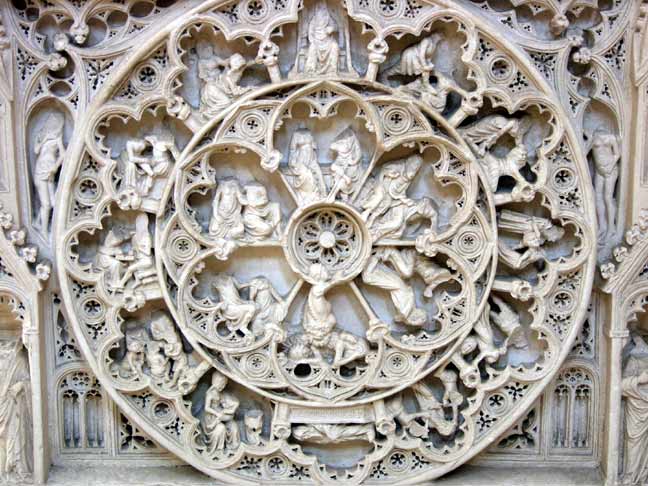
Like at the Monastery of St. Maria de Alcobaça in Portugal 80 ks or so above Lisboa. Pooler and I were spending a month between Santiago de Compostela in Spain and Lisboa a few hundred kilometers below. Pooler Jones had to check on some "property" being held for him by the Ordem Christo in Tomar. The monastery at Alcobaça was another "vow" church - a group of which studded the Euroscape like begrudging afterthoughts of the Christian conquest of Pagan Europe. The first king of Portugal - Alphonso Henriques - needed to wrest the city of Santarém from the heathen Moors who were everywhere still occupying the Iberian Peninsula. So in 1147 he undertook a sacred vow that if St. Michael and Santiago Matamoros himself would lead him to victory then he would build a sister monastery to the one at Clairval in France and dedicate it to the inspiration for the crusades Bernard of Clairvaux. Cistercians followed - as Cistercians always do - to clear and drain the lands & cleanse them of their Pagan roots. When Pooler talks about the Cistercians - or St. Bernard - he wanders back and forth between a genuine admiration & a visceral disgust. The Rose "Wheel" above is at the base of the tomb of Dom Pedro, the tragic son of Alfonso IV.
